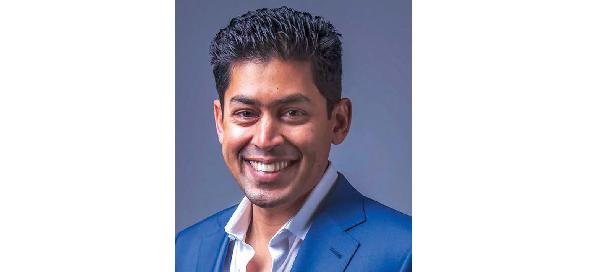Rajeev Goel co-founded PubMatic in 2006 based on the belief that publishers are under-served from a technology and services perspective. PubMatic now offers leading omnichannel revenue automation technology for publishers and enterprise-grade programmatic tools for media buyers. On a short visit to India, Goel spoke about the rise of programmatic in India and how PubMatic is adding value to publishers with its innovative offerings
BY JYOTSNA SHARMA
Q] Looking at the recent Facebook data breach, what according to you are some key learnings which can be applied to the use of data in programmatic?
I think what Facebook did with Cambridge Analytica is very different from the rest of the programmatic ecosystem. The reason for this is that Facebook has personally identifiable information and they broke their own rules about who can access that data. On the other hand, the programmatic ecosystem has done really well to ensure that nobody is using personally identifiable information, but anonymised data instead. So this kind of a breach cannot happen. What will now happen is that consumers will question their relationship with Facebook. We have already seen advertisers doing this. It will also cause advertisers to re-evaluate who they would like to spend their advertising money on and whether the data being used has adequate safety features or not.
Q] What are the key factors behind the rapid growth of programmatic in India?
Advertising in India is approximately a $10-billion industry and digital is around 15% of that. Within that, programmatic is a small portion –around $250-$300 million. But it is definitely the fastest growing segment in advertising. Some of the key drivers behind this growth include exponential growth of the mobile user base, increase in disposable income, and a corresponding increase in digital spends across world markets in line with programmatic growth, providing benefits to marketers, advertisers and agencies.
Q] What kind of limitations do you see in the contemporary usage of programmatic? How is it being re-imagined?
There are always bottlenecks. As I see it, there are plenty of areas in programmatic which can be improved. One among them is video. Now we are witnessing a huge shift in video budgets, which have traditionally gone to TV. So there is a lot of work going into how we can improve in that area. Moreover, with the rise in programmatic spend, marketers are increasingly looking at a guaranteed methodology to reserve inventory.
Q] Talking about the use of programmatic and growth of digital ad spends, how would you explain the recent move by Procter & Gamble (P&G) which drastically cut down its digital ad spends?
What P&G came to believe is that they were not spending their marketing budgets in the most productive way. So they came up with a code which stated that a checklist of items was necessary before drawing up the ad budget. And they worked across the supply chain to bring in a lot of changes. This checklist approach has had a good impact in terms of cleaning up the supply chain. So I think it was a necessary measure to take a step back and assess what elements can be improved, given the rapid growth of the industry.























